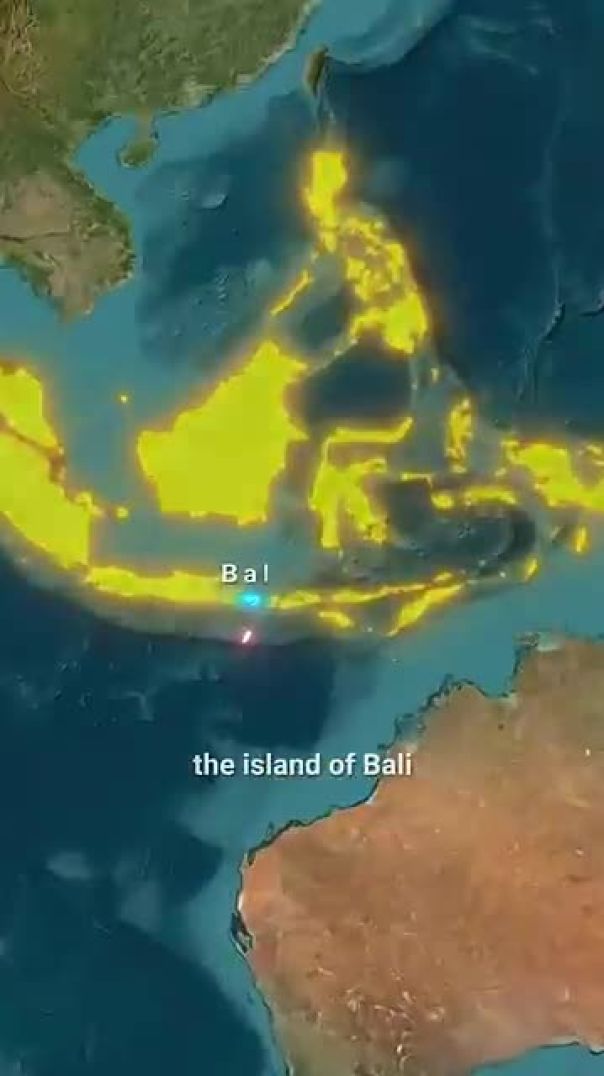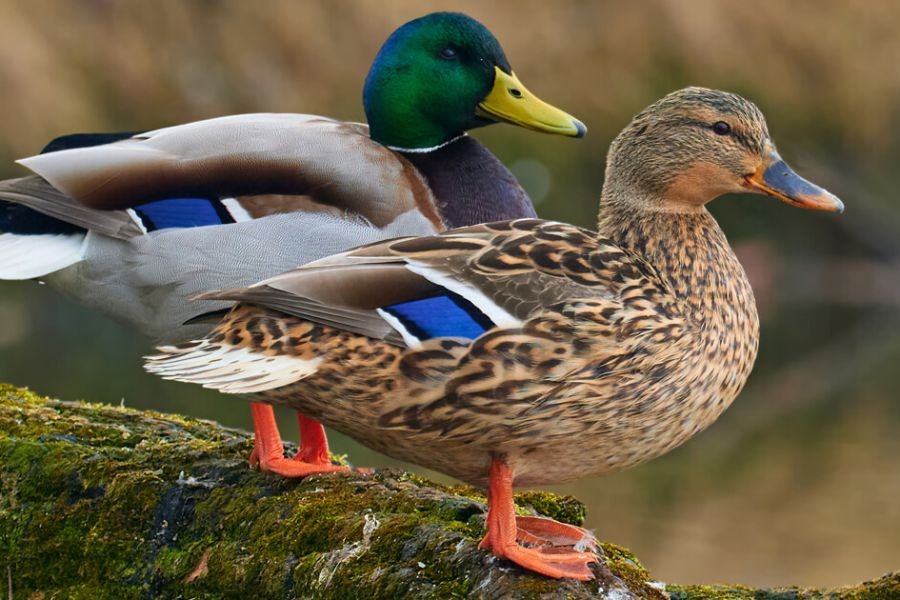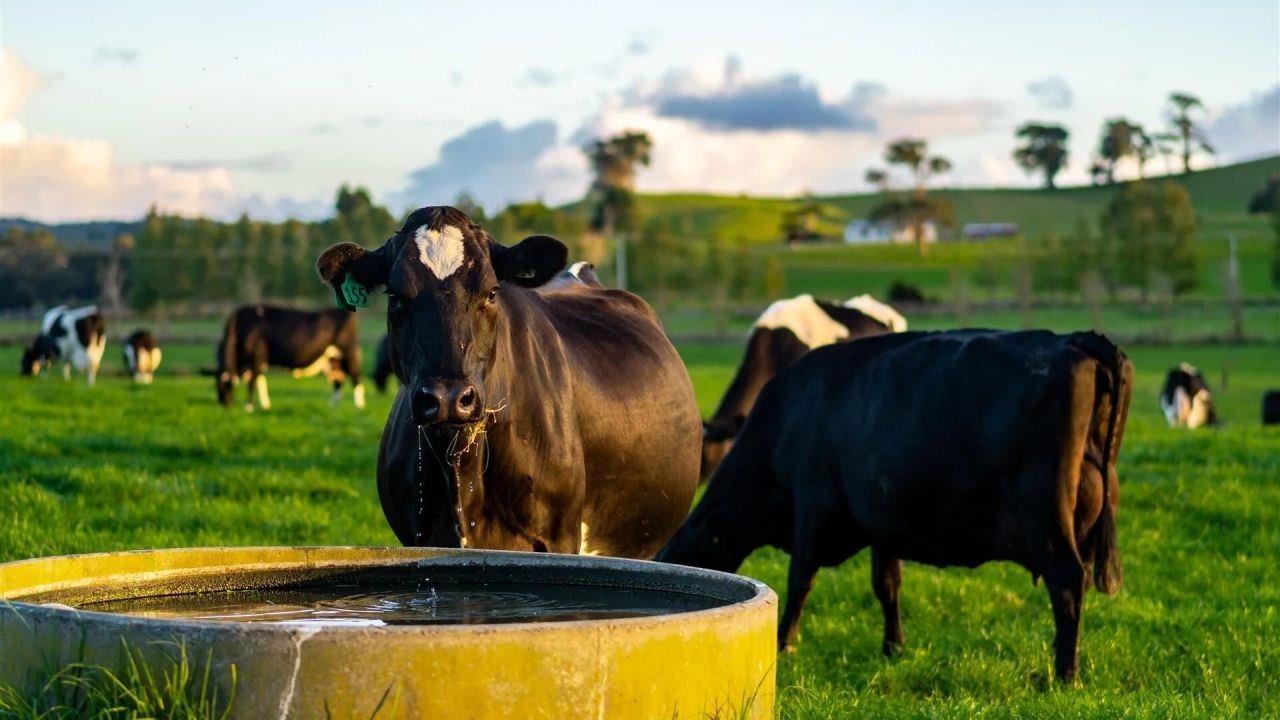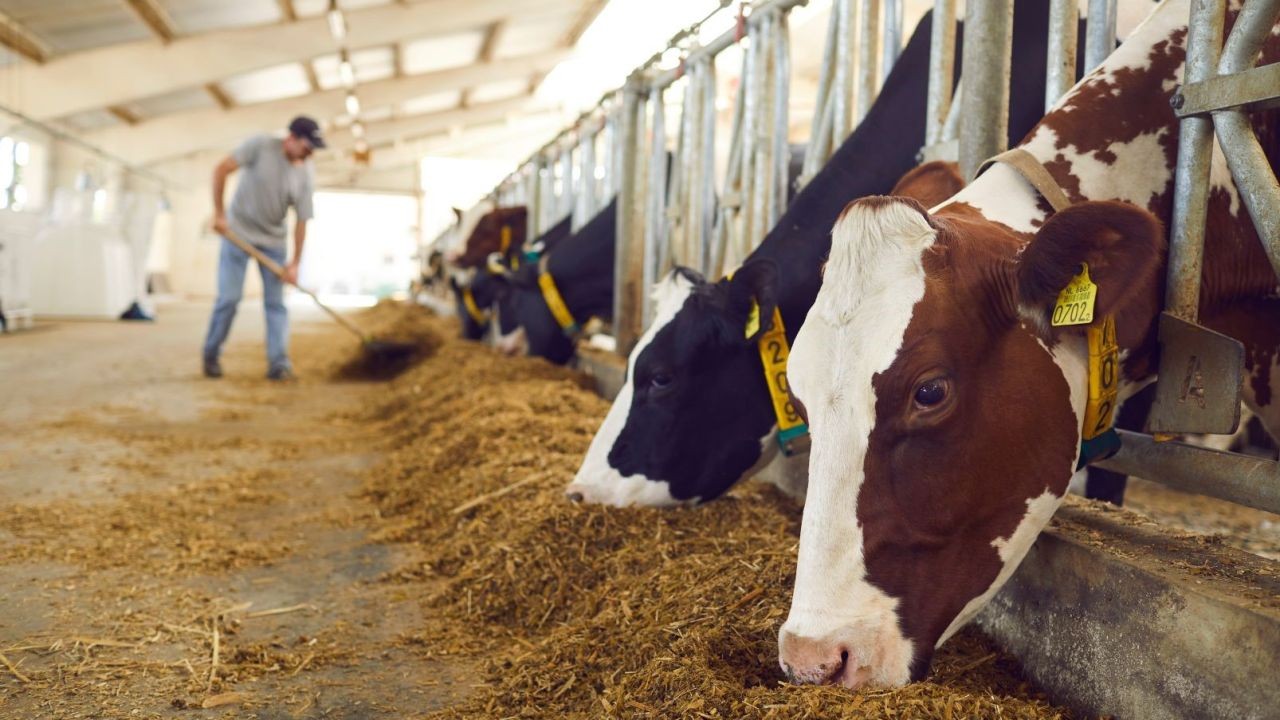In recent years, New Zealand's vibrant agricultural landscape has faced a unique challenge from an unexpected source: mallard ducks. While these birds are often associated with serene ponds and gentle quacking, their growing numbers in Southland have prompted local farmers to advocate for their classification as pests. This push stems from the significant agricultural damage they cause, impacting not only crop yields but also the broader real estate dynamics in rural areas.
The Growing Concern: Why Mallard Ducks Are a Problem
In Southland, home to some of New Zealand's most fertile farming lands, mallard ducks are increasingly seen as more than just a picturesque part of the landscape. According to Stats NZ, the agricultural sector contributed approximately 6.6% to the national GDP in 2022, highlighting its economic importance. However, the burgeoning duck population is threatening this contribution. Farmers report substantial losses as ducks decimate crops, particularly young seedlings, which are crucial for optimal yields.
The push to classify mallard ducks as pests is not without precedent. In other parts of the world, such as the United States, certain bird species have been designated as pests to protect agricultural interests. For New Zealand, a similar classification could mean more robust measures to control duck populations, thereby safeguarding the agricultural output that supports local economies.
Impact on Real Estate: A Hidden Challenge
Interestingly, the mallard duck issue extends beyond agriculture, influencing the real estate market in Southland. Prospective buyers often consider the viability of farming activities when investing in rural properties. With ducks damaging crops, the profitability of these lands can come into question, potentially deterring investment.
Moreover, as farmers implement protective measures such as netting and scare tactics, property aesthetics and upkeep costs can be affected, impacting property values. Real estate experts suggest that sustained agricultural challenges could lead to a reevaluation of land values in affected areas, similar to trends observed in regions dealing with invasive species.
Case Study: Farmers' Cooperative Approach
To combat the duck dilemma, a group of farmers in Southland formed a cooperative to tackle the issue collectively. This cooperative pooled resources to implement large-scale deterrence measures and lobbied for policy changes.
Problem: Individual farmers struggled with crop damage costs rising by an estimated 15% annually due to ducks.
Action: The cooperative invested in advanced deterrence systems and engaged with local councils to push for pest classification.
Result: Over 18 months, crop damage was reduced by 30%, and local councils agreed to review pest classification policies.
Takeaway: Collaboration among stakeholders can lead to effective solutions and policy advancements, providing a blueprint for other regions facing similar challenges.
Pros vs. Cons of Pest Classification
✅ Pros:
- Improved Crop Yields: Reduced damage can lead to a 20% increase in harvests.
- Economic Stability: Protecting agriculture ensures stable contributions to GDP.
- Property Value Security: Maintains attractiveness for real estate investments.
❌ Cons:
- Ethical Concerns: Pest control measures may raise animal welfare issues.
- Implementation Costs: Initial investment in deterrence systems can be high.
- Environmental Impact: Potential disruption of local ecosystems.
Debunking Myths: Mallard Ducks in New Zealand
Myth: "Mallard ducks are harmless and only add beauty to the landscape."
Reality: While aesthetically pleasing, their increasing numbers pose significant agricultural threats, with reports of crop damages rising by 25% in recent years (Source: MBIE Report 2023).
Myth: "Classification as pests will solve all issues immediately."
Reality: Pest classification is just the first step; effective management and ongoing monitoring are crucial for long-term success.
Future Trends: What to Expect
As New Zealand continues to navigate the mallard duck issue, several trends are likely to emerge. According to the Reserve Bank of NZ, environmental and sustainability considerations will increasingly influence policy decisions. This could lead to more comprehensive pest management strategies that balance agricultural needs with ecological considerations.
Furthermore, advancements in technology, such as AI-driven monitoring systems, may play a pivotal role in managing wildlife populations more effectively. These systems can provide real-time data, allowing for proactive measures to mitigate agricultural impacts.
Conclusion: A Call to Action
The challenge posed by mallard ducks in Southland is a reminder of the complex interplay between nature and agriculture. For real estate experts and investors, understanding these dynamics is crucial. As New Zealand continues to address this issue, collaboration among farmers, policymakers, and technology providers will be key to finding sustainable solutions.
What’s Next? Stay informed about policy changes and technological advancements in wildlife management. Engage with local agricultural communities to support efforts in maintaining New Zealand's rich agricultural heritage.
People Also Ask
- How do mallard ducks impact New Zealand's agriculture? Ducks cause significant crop damage, affecting yields and economic stability. Classifying them as pests could help mitigate these impacts.
- What measures can farmers take against mallard ducks? Farmers can implement deterrence systems and engage in policy advocacy to manage duck populations effectively.
Related Search Queries
- Southland mallard duck pest classification
- New Zealand agricultural challenges
- Real estate impact of wildlife in NZ
- Sustainable pest management solutions
- New Zealand wildlife control policies

























